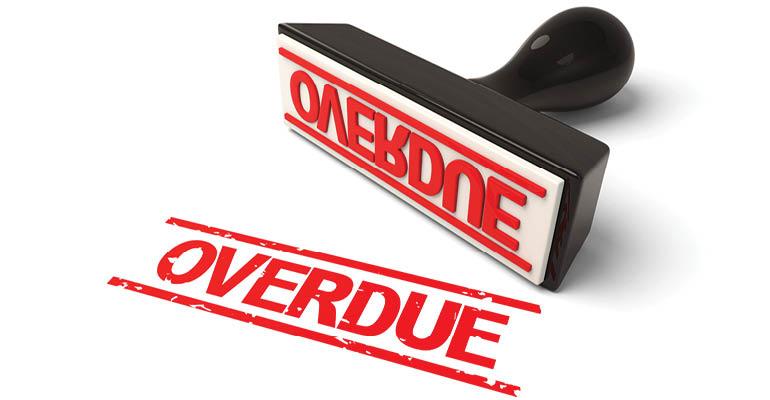The shrinking mountain of CMBS loan maturities is good news for a real estate industry that has been waiting to see how capital markets would bear up under the heavy demand for fresh financing. Yet it is not all smooth sailing. Problem CMBS loans still stuck in the pipeline are pushing delinquencies higher.
Most of the stable legacy loans securitized circa 2007 have already been refinanced or defeased early, whereas much of what is left are the “dregs,” or loans that have very high leverage or vacancy and values, says Patrick C. Sargent, a partner in the finance group at the international law firm of Alston & Bird. Even after 10 years there are loans that haven’t quite been able to grow out of their problems, he says.
According to Fitch Ratings, CMBS loan delinquencies rose by three basis points in February to 3.37 percent. That increase seems hardly consequential. However, office and retail are carrying a bigger share of those delinquencies, with office CMBS delinquencies rising 34 basis points to 5.41 percent and retail delinquencies rising 14 basis points in February to 5.21 percent. In addition, Fitch is anticipating a bigger spike ahead with its forecast that CMBS loan delinquencies for all property types will reach between 5.25 percent and 5.75 percent by year-end.
Research firm Trepp is also reporting an upward trend in delinquencies. After reaching a low of 4.15 percent in February 2016, delinquencies have climbed to 5.31 percent as of early March.
It has been widely anticipated that vintage 2007 loans would push delinquencies higher and that is exactly what has been occurring. But vacancies are still nowhere near the peak of around 9.0 percent that occurred in July 2011, says Mary MacNeill, managing director in the U.S. CMBS Group at Fitch Ratings.
Retail and office woes
CMBS delinquencies are shining a spotlight on office and retail sectors specifically. One of the reasons why retail delinquencies have increased is that it does take a long time for those assets to be worked out and for empty space to be re-tenanted, notes MacNeill. “So there is still some retail stuck in the system, and that is true of office too,” she says. Office has lagged in the recovery and some properties are also seeing new vacancies emerge due to long-term leases that are now expiring.
Ratings agencies are keeping close tabs on how retailer store closings could impact CMBS loans, especially among class-B and -C malls. According to a new report released by Morningstar Credit Ratings, more than $885 million of allocated property balance in CMBS is at risk after J.C. Penney Company identified the 138 stores it will close in the coming months.
The impact of those store closings remains to be seen, says Teresa Walters, vice president in portfolio management at the investment and asset management firm Amundi Smith Breeden. Macy’s, JC Penney and Sears have all announced store closings, although not all of those stores have been identified. In addition, many other retailers are having problems, with Gander Mountain, hhgregg and RadioShack making headlines for bankruptcy filings. “Once the stores close, we will have to see what happens. Will the mall die and the loan fall into delinquency, or will the space be re-purposed and perhaps a ‘better’ tenant take its place?” asks Walters.
More fallout ahead
Specific to retail, the challenge of loan delinquencies will likely continue into 2018 and beyond due to volatility in that sector. For example, many of the 2012 mall loans in CMBX 6 recently deemed problematic by the market won’t mature for another five years, says Walters. “So the retail story will continue to play out for many years,” she says.
Overall, the volume of CMBS loan maturities continues to drop. As of the end of February, approximately $36 billion within Fitch's U.S. CMBS fixed-rate multi-borrower universe is scheduled to mature, down from $41 billion the previous month and $47 billion at year-end 2016. However, it is also important to note that the higher volume of delinquencies in office and retail loans is due in part to the concentration of maturing loans in those property types. Among the remaining 2017 maturities from loans securitized in 2007, office represents 34 percent and retail loans represent 31 percent.
Another point to note is that the impact of delinquencies as a percentage is higher as issuance is more subdued, notes Sargent. “If we had a more constant, sustained increase in CMBS originations, the delinquencies as a percentage would not be going the same direction,” he says.

